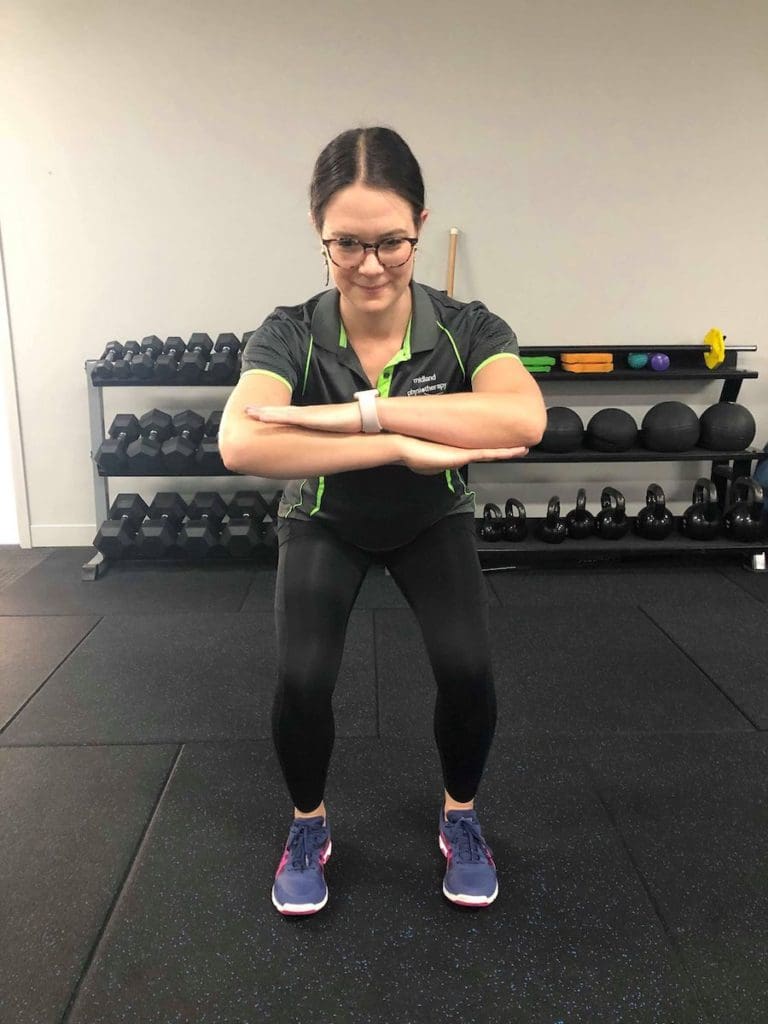
The pelvic floor muscles are the muscles that line the base of the pelvis and have a role in maintaining continence and supporting the pelvic organs. Most people are aware of weak pelvic floor muscles after having children, but did you know that the pelvic floor muscles can also be overactive and turn on too much??
Just like any other muscle in our body the pelvic floor muscles should be able to contract and relax. Pelvic floor muscles that are overactive are constantly working (contracted) and they struggle to relax. This can cause muscle spasms and tension that can lead to pain and dysfunction, in both males and females.
Symptoms of overactive pelvic floor muscles:
There are many symptoms that people with overactive pelvic floor muscles may experience, and everyone is different in their experience. Symptoms people may experience include:
- Pelvic pain or low back pain
- Painful sexual intercourse
- Pain with inserting or removing a tampon
- Pain with a vaginal examination or Pap smear
- Sexual dysfunction including difficulty achieving erection or orgasm
- Urinary urgency or urge urinary incontinence (having to rush to the toilet urgently)
- Stress urinary incontinence (leakage with coughing/sneezing/laughing/jumping) – can be a sign of either weak pelvic floor, overactive pelvic floor muscles or both
- Constipation
- Difficulty emptying bladder or bowels completely
- Slow urinary stream
What to do if you think you may have overactive pelvic muscles?
If you are experiencing any of the above symptoms, it is worthwhile seeing a Pelvic Health Physiotherapist for assessment and an individualised management plan designed around what may be causing your issues. Some common management strategies used include:
- Belly breathing and relaxation techniques
- Pelvic floor muscle exercises focusing on relaxing and ‘letting go’ of muscle tension
- Pelvic stretches (see below for some ideas)
- Strategies to calm the sympathetic nervous system including mindfulness, meditation, walking or yoga
- Manual therapy techniques including external and internal myo-fascial techniques
- Vaginal or rectal dilators to assist in teaching the muscles to relax
Pelvic stretches that can help to relax the pelvic floor muscles:
Hold each stretch for 6-8 deep slow breaths focusing on belly rising/expanding as you inhale and relax as you exhale. Repeat each stretch 2-3 times on each side.

1. Glute Stretch (figure-of-4): place ankle to the opposite knee and pull thigh to chest.

2. Happy Baby: hold feet (or back of calf muscles if you can’t reach). Relax and widen the pelvis. Can rock side to side.

3. Adductor Stretch: lay on back with feet together and relax knees wide. Focus on belly breathing and ‘open’ through front of pelvis.

4. Child’s Pose: start on hands and knees, with knees wider than hips, sink your bottom down to your heels and let your tummy soften to the floor.

5. Hip flexor stretch: in a lunge position, tuck your tailbone under then slowly push your hips forward until you feel a gentle stretch at the front of the thigh.
It’s important to know that although these issues are very common they aren’t ‘normal’ and a Pelvic Floor Physiotherapist can help!
For more information call Midland Physiotherapy on (08) 9274 1482.
Resources:
https://www.ncbi.nlm.nih.gov/pmc/articles/PMC3498251/
https://www.pelvicpain.org.au/wp-content/uploads/2022/11/Easy-Stretches-to-Relax-the-Pelvis-Stretches.pdf




